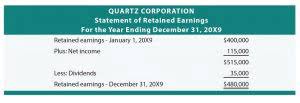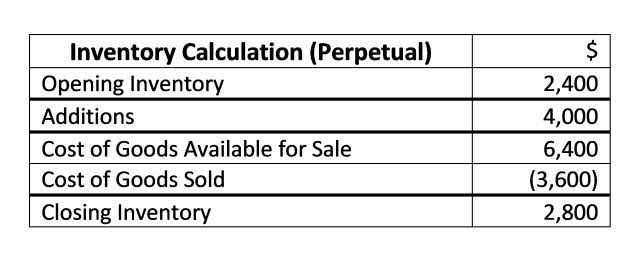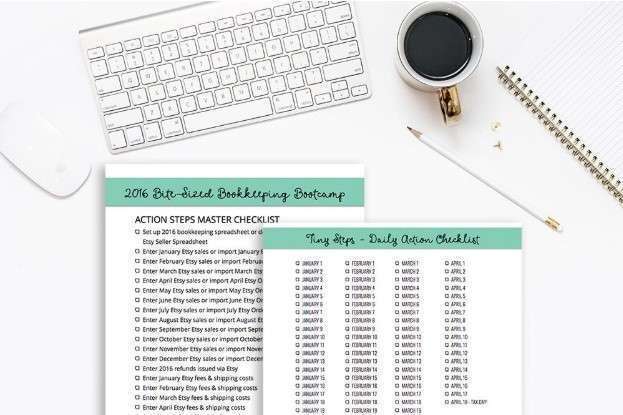All the maintenance expenses fall under utility expenses for all public utilities and services. The amount recorded under the cash basis of accounting corresponds to the cash paid for the specified items throughout the period. As a result, the cash basis is dependent on receiving a supplier invoice, and it still only records an expense when it has been paid. The accrual basis of accounting for utilities is the most commonly used accounting method.
A manufacturing company must accumulate costs from three categories when determining the final inventory cost, which could be calculated using a job-order or process costing method. Utilities used in the manufacturing process will be part of the cost of the products manufactured. The accrual basis of accounting recognizes utilities expenses as incurred compared to the cash basis accounting method when the bills are paid. For the rest of the expenses, i.e., rent and salary, there is no use of the services provided by the public utility companies, so they will not be considered.
- These technological advances help businesses identify inefficiencies and implement corrective measures promptly.
- Learn about pricing cost and what motivates mark-up and break-even pricing.Learn the role of each of these steps and discover examples of this process.
- Many now incorporate green building standards, renewable energy sources, and water conservation measures into their operations.
- Commercial enterprises often grapple with extended operating hours and larger spaces, requiring more sophisticated management approaches.
- However, the utility provider will often require a deposit from the business entity before providing the service.
- The amount recorded under the cash basis of accounting corresponds to the cash paid for the specified items throughout the period.
- By utilizing these strategies, businesses can significantly reduce their energy consumption and save on utility costs.
Cash Basis of Accounting for Utilities Expenses
While electricity and water remain core components, the definition now often incorporates internet services, smart home technologies, and even renewable energy solutions. This broader interpretation reflects our changing technological landscape and growing environmental consciousness. Utility bills refer to the utility’s contribution to the cost of gas, electricity, water, and other services before the payment. A company continues to receive the gas, water, electricity, and various other amenities before paying the bill. Online bookkeeping services are transforming the way small businesses manage their finances by introducing automation, real-time tracking, and cloud-based access. These modern solutions reduce manual errors, improve cash flow management, and offer cost-effective scalability as businesses grow.
Utility Expenses are not Assets
Utility expense can impact equity because the expense account reduces the profit which is added to the equity section after deducting all the taxes and dividends. The industrial sector faces the most complex challenges due cash receipts procedure to energy-intensive processes and equipment. These organizations must often invest in specialized monitoring systems and energy management programs.
Example of Utilities Expense
The expenses tied to the units that aren’t sold are listed as inventory assets and not immediately listed as an expense. A business receives an invoice for electricity amounting to 2,000 and records this in the accounting records with the following utility expense bookkeeping journal. Implementing strategies to reduce energy consumption can help businesses save on utility costs. This is because such equipment has been designed to use less energy and therefore results in lower energy bills. Additionally, businesses should eliminate any unnecessary equipment that may be using up energy unnecessarily. Smart solutions and strategic planning enable organizations to optimize their utility consumption patterns effectively.
If a gross pay vs net pay: whats the difference business did not pay for its utility expenses that have been already used then it is recorded as a current liability in the balance sheet. And once it pays it becomes an expense that is moved from the balance sheet to the income statement. A utility bill’s amount that applies to the current period may be so substantial that any remaining balance that applies to a different period may be irrelevant and applied to the current period instead.
How do we treat Utility Expenses under the Cash Basis of Accounting?
In this lesson, viewers will understand contract costing through a detailed description and examples of how it works. After watching this lesson, the viewer should have an idea of the basic concept of how contract costing is used. Learn about pricing cost and what motivates mark-up and break-even pricing.Learn the role of each of these steps and discover examples of this process.
What is a Utilities Expense
Setting up a budget should take into account the expected energy usage for the coming months, and should be adjusted as necessary when the seasons change. Companies should also ensure that their budget is flexible enough to accommodate unforeseen changes, such as a sudden increase in energy usage. In large manufacturing businesses machines are commonly accounting methods for obsolete inventory by gaap used in producing products, so those machines use electricity or other resources to work properly and that costs a business. Utilities are the services provided by third parties such as the government, agencies, or private companies.
- The balance sheet reflects utilities through related accounts such as prepaid utilities or utilities payable.
- The accounting treatment of utilities requires careful attention to timing and allocation.
- Discover more about the definition of the adjusted trial balance, including its preparation and the trial balance worksheet, and an example of this step in practice.
- However, over the long term, the results under both methods will be approximately the same.
- The credit entry to accounts payable reflects the liability of the business to pay the electricity supplier for the amount of service consumed during the period.
- By paying attention to utilities expenses and considering them in financial planning, BookNook can better manage its operating costs and improve profitability.
- The informational roles of a manager include the monitor role, the disseminator role, and the spokesperson role.
As a result, the cost is added up in a cost pool and then divided among the units produced at the time when the cost was incurred. This means that some of the utilities expense will be recorded as part of the inventory asset rather than being immediately charged to expense if not all units produced are sold in the period. The portion of a utility invoice applicable to the current period may be so large that any residual balance applying to a different period is immaterial, and so can be charged to the current period.
Learn about different types and examples of partnerships and their advantages and disadvantages. Uncover the definition, a breakdown of the formula, application of the prime cost formula, and the importance of this concept. The provider’s services are at minimal cost and with quality and assurance services like in the case of water. A company’s factory overhead includes the utility costs incurred by its manufacturing processes.
Hence, the cash basis of accounting relies on the receipt of an invoice and only records the expense once the invoice has been paid. Tailored online bookkeeping services help small businesses maximize profitability by improving cash flow management, reducing errors, and offering customized financial reporting. These services leverage automation and cloud-based technology to streamline financial tasks, optimize tax deductions, and provide real-time insights for data-driven decision-making.










